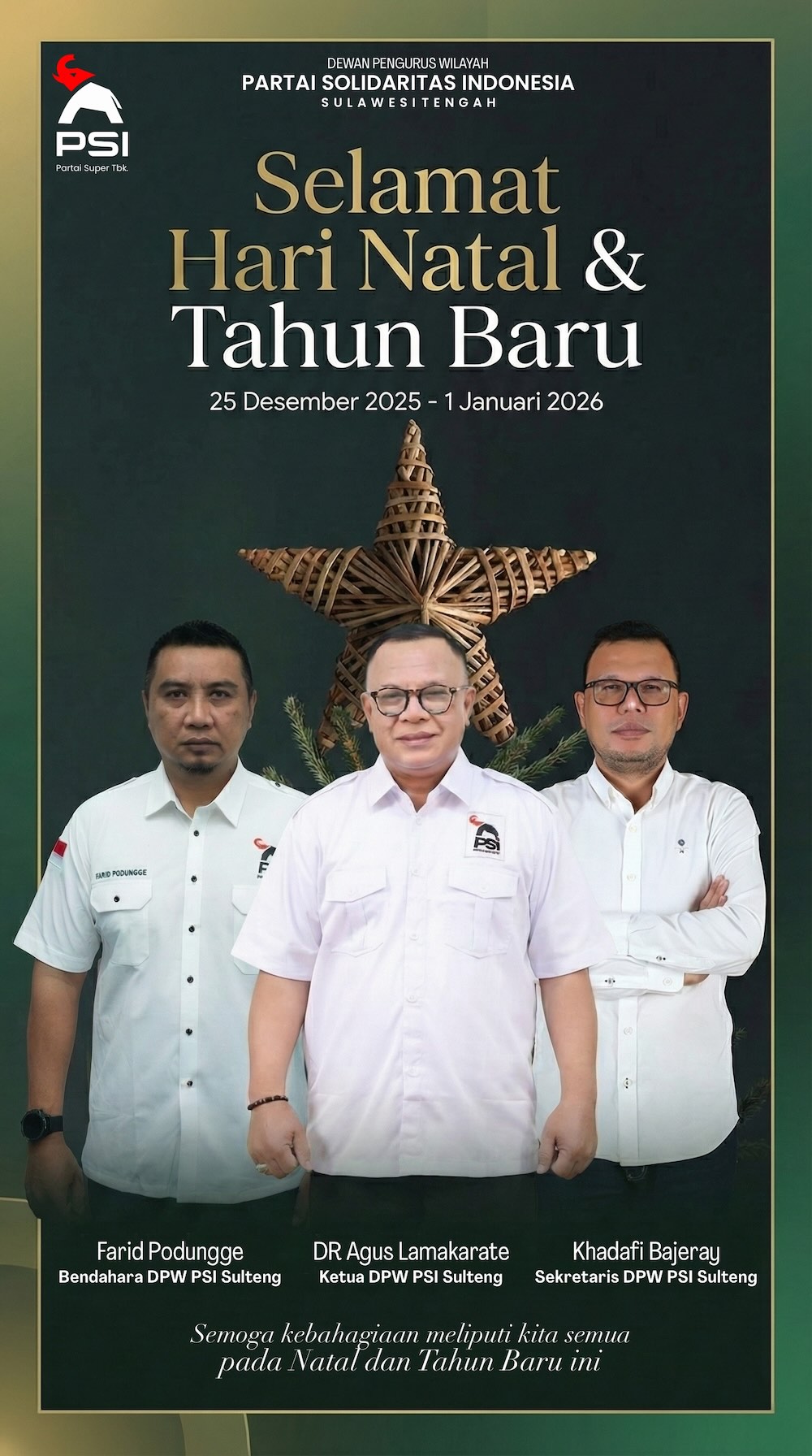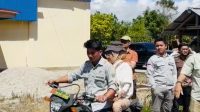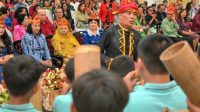FOR THE PEOPLE of Poso District, the story of the Tempoe Doeloe War between Ondae and Napu, is not really a new story. The heroic tales of these two tribes have been rooted from generation to generation. Therefore, for most people living in Tana Poso today, these two ethno-linguistic groups always get their own attention in writing about the history of Poso tana.
Nederlandsce Zendeling Genootschap (NZG) evangelist Albert Christian Kruyt was shocked to see that the two tribes’ war was so massive that they spilled each other’s blood. During his fourth visit to Poso with his family in April 1893, the man born in Mojowarno, October 10, 1869, witnessed the war between To Napu and To Ondae. “To attack To Ondae, To Napu tribe must pass through To Pebato region. As a result, there was mutual attack between To Napu assisted by To Pebato with the group of To Onda tribe. The battle lasted until the end of Year 1894 “(Book of History of Poso, 2002).
Under conditions of inter-tribal warfare, Kruyt, who carries an evangelistic mission, seeks to stifle the devastating war as a gateway to performing duties as mandated by the NZG. In addition to mapping socio-political conditions, he also built lobbies with a number of stakeholders he called Kabosena, including meloby Dutch Government to suppress the Luwu kingdom that had an influence on the Pamona region at that time.
That piece of story intends to describe the level of hostility between Ondae and Napu at that time, until the Kruyt class evangelist had to ‘turn the brain’, before embarking on an evangelistic mission in the mountains of Poso District. But not many people know that actually the peace effort between Ondae and Napu ever implemented in Tana Lage. An area in Poso District, between the two areas of Ondae and Napu people. It was Magido, a charismatic figure initiating the idea of peace between the two sides that was supposed to take place in 1894.
The idea of implementing peace first emerged in the area of Ummana Solli’s land in the Napu region called urumopenga (tree branching), around the end of 1894. The implementation of the idea of peace, according to several references both in written and oral form took place in Peladia, a place Around the village of Panjoka at this time of year 1898, another version called the year 1905.
Narrated that, Magido started his diplomacy with the charismatic figure Ummana Solli by sending 3 people, each Papa I Malempo (Gaweda) and Nduwa (Talasa) as neutral figures from Lage, and Rangga (Papa I Gale) representing Ondae clumps. In diplomacy that uses kayori (pantun), both parties agree to stop by way of ‘poraasi’, with the record there should be one person who could be victim as a place of outrage both sides.
“So as far as I am concerned, from the diplomacy of both sides in a reverential manner in the Napu region, it is agreed that the implementation of peace must be carried out in a neutral place, namely the Lage region. Peladia was chosen as a representative place for a very sacred peace, “said Gustaf Tadjongga, third generation of Papa I Malempo to Kaili Post, a few days ago.
The same thing was written by Pnt. Ir.M.Tarau, in a paper drafted 2014, he mentioned, a few days before the implementation of the peace procession (poraasi), both the Napu and Ondae communities had built a makeshift cottage (hondo) in Peladia face to face. In the center built a small stage (lampa’ani) with a height of approximately 3 meters from the ground. In the afternoon before the day of its execution, a Magido personal sacrifice who will be sacrificed to be picked up in his garden with the message, ‘Komi ndapeboo I mpue (grandmother asked to come by Tuan)’.
Without much comments, grandma packed up and walked home with her pickup. From the height on the stage he looked at the camp from both sides. The grandmother said, “Kurata ndayamo pu’u pampeboo I mpue yaku (I already understood the purpose of summoning mister to me), then the grandmother named nDoi Bungu was, silent and did not have time to touch her dinner, until finally fall as a ‘peace hero’ tomorrow.
Such is the sacred event of the peace procession ending the dispute between Napu and Ondae. According to Gustaf Tadjongga, the peace procession not yet widely known by the younger generation today, is expected to take place early in 1899 in Peladia. “If I think the event took place at the end of 1899 because it was Ngkai Papa I Malempo still alive, while the peace procession that involves Papa I Malempo as a mediator”, said Gustaf, trying to disentangle carefully.
It is known that the execution of ‘poraasi’ as described above, in addition to the presence of Ummana Solli and his soldiers representing Napu, Magido and his soldiers represent Ondae, mediated by Papa I Malempo (Gaweda), Papa I Gale (Rangga), and Nduwa (Talasa).
Now, the peace procession as described above, is actually a valuable lesson in responding to Poso’s current situation and condition. At least, asserting that the ancestors of Poso (Pamona-Ondae) a century passed, had inherited the beauty of diplomacy in the form of kayori (pantun) in settling the dispute. This means that language manners are the main emphasis in building political communication, and this may be one of the substances we can learn from the heroic and sacred tales above. ***
reporter/bureau poso: Darwis waru











